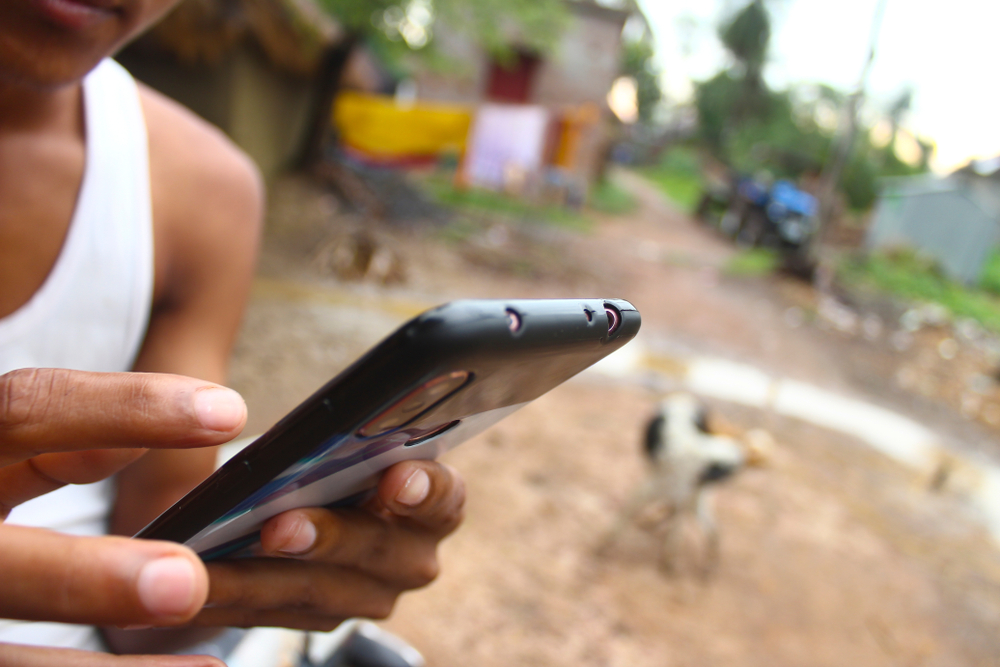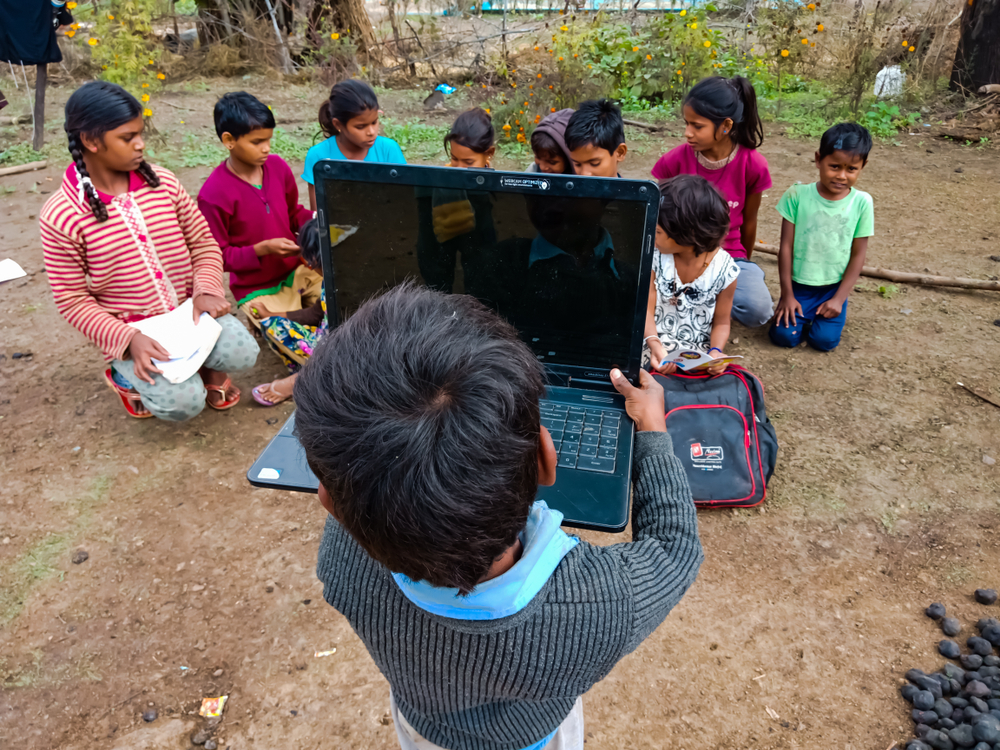Dreams come true in different ways. Inaugurating Digital India Week in 2015, the prime minister had said that he dreamt of a digital India where high-speed digital highways unite the nation and 1.2 billion Indians drive innovation together. This image of a high-powered engine moving towards one goal may seem unnerving to some; nevertheless, the Bharatiya Janata Party celebrated the fact that by November 2019 there were more internet users in rural than in urban India. The number of internet users in the country is now second only to China. Internet connections in rural India ride mainly on the smartphone. The deftness that has developed should by no means be undervalued — money transfers, participation in social media, access to audio-visual media, news and public information campaigns generate confidence, a sense of connectedness and can help develop an efficiency in the use of digital technology.
The problem is that this efficiency does not automatically follow internet penetration. It is one thing to use a smartphone for quick payments or for passive consumption — there is always the danger of settling into the groove of its user-friendly ways — and a completely different thing to use any digital device productively, whether a smartphone or a computer. Internet penetration into rural India is excellent news, but welcoming the bridging of the divide as the BJP did is premature. It will take a while, as teachers trying to conduct online lessons at the time of Covid-19 know only too well. All their students must not only have access to a device with an internet connection, but they must also be able to use it — following the lessons and responding through writing, producing projects, making attachments and so on. There must be attractive, up-to-date platforms in regional languages too. The digital divide still runs deep, and it does not help that the internet has to be paid for, however cheap the connection. Access to computers and smartphones are limited within each family. Inevitably, girls are likely to lose out again. These are clear-cut fronts where the government can intervene to help level the field, between country and city, between boys and girls. It can focus on ensuring access and training instead of showing off a non-existent equality.












